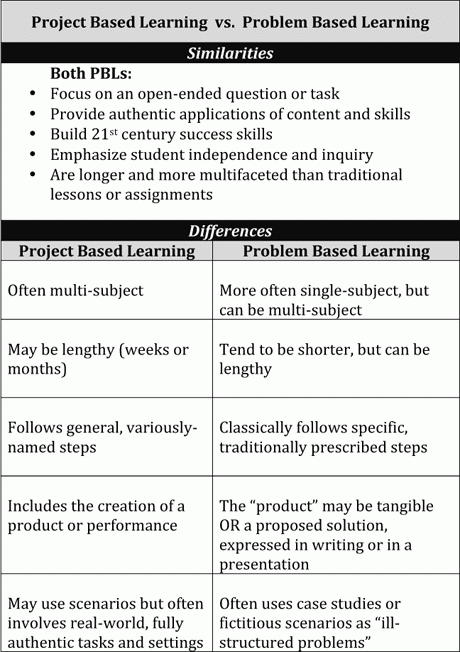Assesment of Constructivist Elements
ETEC 530 | ARTIFACT TWO
(Ouellette, J., 2015b)
This artifact represents the construction of my knowledge around all the various "x" based learning strategies.
I knew that in order for me to understand the difference between problem-based learning from all of the rest, I would need to make solid connections through application in my pedagogy. One reading that really helped shape my understanding was John Larmer's (2014) Edutopia article on differences between some of these major forms of learning, particularly project-based learning and problem-based learning. Specifically, he included an explicit table within the article that helped illuminate the one that would have the most applicability in my classroom, project-based learning (see below).
In addition, I had some notions as to what cooperative learning vs. small group activities were, but creating my own succinct visual led to a clearer picture in the way I differentiated the two.

(Ouellette, J. 2015c)

To inject project-based learning into my classroom, I knew it would have a beautiful fit within the context of a six-week long inquiry into the connected nature of city systems. After facilitating and scaffolding their learning about the form and function of various systems, and what problems they each face and how to overcome them, my grade threes were asked to form collaborative groups of their choosing. They would each be given a "broken" city, each with its own set of unique problems for them to solve (see examples below). Essentially, they would be the new mayors of their respective towns, would have to solve their problem in an explanation piece of writing, and create a digital or physical model of their newly improved city (which also incorporated maths concepts of area, perimeter and positioning).
In sum, these projects were an exciting way for the kids to ground their learning in authentic activity that got them to construct their knowledge both socially and cooperatively. Furthermore, they were also an excellent way to consolidate their teacher's understanding of this style of learning, one to be used again, wherever there was an appropriate fit.
(Larmer, 2014)
The problematic cities that I gave to the students for this project (Ouellette, J., 2016a).



